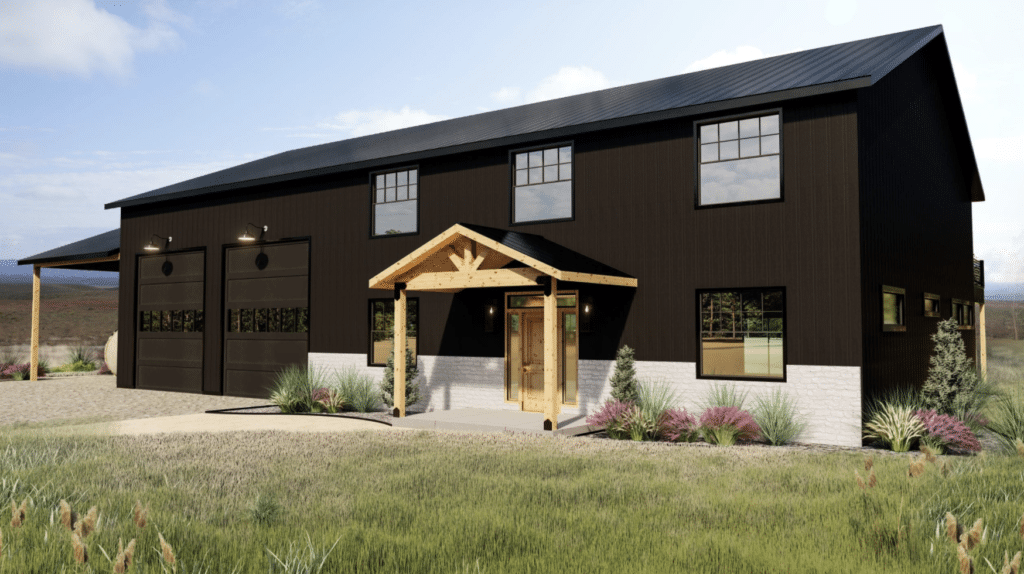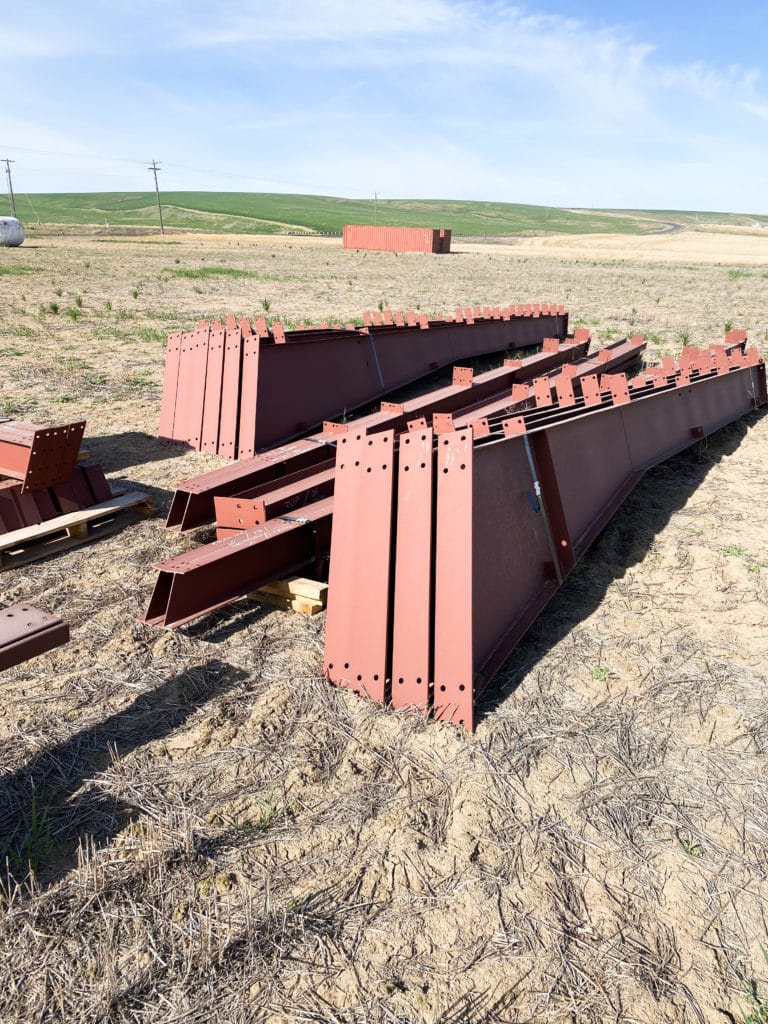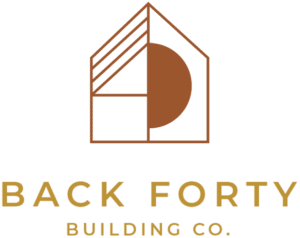Metal barndominiums are a unique way of building a home. When you use a steel building for your barndominium, you are typically purchasing the entire structure before you even pour the foundation! It’s not like you can just run down to Home Depot and grab some 2x6s to start framing walls….nope…you’re making a sizable investment in a complete building envelope, that has to be fabricated offsite to precise dimensions and then delivered to your property. This can be a confusing and stressful purchase for many would-be barndominium owners, but it doesn’t have to be with this insider’s guide to the questions you should be asking your metal building supplier.


Pricing, deposit, and payment schedule:
The first question you’ll want to ask after receiving a quote is “how long is this quote valid for?” with the volatile steel market, many times this is just a few days. If you are accepting a quote, you’ll want to know that your pricing is “locked-in” at the rate on the quote once you place your deposit, regardless of the phase the building is in, or the balance remaining on the building. Steel buildings (especially in 2021) take months to engineer and fabricate, and it’s likely the steel price will adjust in that time frame. You’ll want written assurance that your price is locked in.
The next question to ask is regarding the deposit. Many steel companies will take an initial deposit to cover the engineering and some of the material or labor costs involved with manufacturing your building. We advise clients to look for companies that ask for no more than 25-30% upfront, with the remainder due on truck loading/delivery. If your building supplier is asking for more than that amount, it usually means they don’t have very good credit terms with their manufacturer, and either poorly manage building orders and cash flow, or are relatively new to the industry.
Engineering timeline and deliverables
Your steel building company will need to use an engineer (usually in-house) to design your building. In the case of barndominiums, this engineer would take your house plans, with all relative openings for windows and doors, correct roof pitches, eave heights etc, and then create an engineered steel building package to those specs.
A good question to ask is regarding the timeline for the engineering process (normally this is a multi-step process, with various “release dates” for things like your bolt patter, calculation sheets etc). Most counties will require engineered, stamped plans for permitting, so knowing the timeline will help you be prepared to apply for permits.
We also advise people to ask about what deliverables are included in the engineering. Most steel building companies do not provide the foundation plan, nor are they stamping the interior/living portion of your building. Typically, you will need to be prepared to have these stamped separately, before applying for building permits. Back Forty Buildings is able to provide this service to our clients, in all 50 states.
Materials included in your steel building package
This may seem like a “given”, but time and again, we review building bids with clients that contain (or, omit) materials and features that the clients have no clue about. You shouldn’t feel bad about not being a pro at reading steel building bids (they can be lengthy and complicated), but, we do recommend that you look for a few key things that can really make a difference in pricing and aesthetic.
-Does the building include gutters and downspouts? If not, what trim is used?
-What is the finish on the roof panels? (for many companies, the inexpensive default is Galvalume, which is the shiny, “tin-looking” metal. If you want a coated/colored metal, this is usually an additional cost and should be noted)
-What type of base trim is used? Can they provide images of the different options?
-Is the roofline flush with the building, or do you have eave and purlin extensions to create an overhang? (this is the most commonly missed one, and can really make or break a building looking like a “shop” versus a “home”!)
-If there are overhangs, what is underneath (the “soffit”)


Framed openings and building dimensions
This question pertains mainly to estimates. Many times, we have clients come to us and say “I have a quote from such-and-such company, for a 40×60 shop and it is $X” . And, when we review it, it’s a basic shop structure with 1 man door and a garage door.
Unfortunately, the price they were given is going to adjust dramatically when they go to order that building designed as a home, because when you start adding framed openings:
A) The price increases just due to the extra fabrication and steel involved in framing openings
B) Usually more walls have to be “portal framed” and cannot be X-braced, due to placing framed openings in the building. This means that the structural design of the original, quoted building typically increases quite dramatically
Another thing to look for in estimates (if you’re just getting rough building dimensions without plans) is the building height. Lots of people (and metal building suppliers) think that an 18′ building is tall enough for a 2-story barndominium. Unfortunately, it usually is not. Even with modest ceiling heights, many people don’t factor in floor joists; additionally, depending on how you run your HVAC and what type of attic space (or lack therof) you have, many barndominiums require floor trusses, which are usually 4″ taller than a joist. The final thing to remember is that steel buildings have different header heights when using a portal frame, so on your second floor, you usually can’t just place a window at “any height” you want, because it will run in to a steel header. Said simply: If your building is too short, you end up having upstairs windows very close to the floor, which can look a little silly.
Warranty on finish
This is pretty straightforward; be sure to ask what the finish warranty is on the panels. Usually, different colors will have different warranties. Back Forty steel panels carry a 25-40 year warranty, and most reputable companies will carry similar.


Most manufacturers carry warranties on your steel panel finishes 

Back Forty Buildings carries warranties from 25-50 years on theses colors
Offloading responsibility
This is another small but often overlooked detail. Many times, if you are getting a steel building shipped to your location (especially from a national supplier), you will be responsible for offloading. This usually means simply having a forklift on site, but it is definitely something you’ll want to know in advance and prepare for.
Ideally, your steel building supplier addresses all these questions with you, before you even have to ask! Having a steel building supplier (like Back Forty Buildings!) that is familiar with the unique requirements of barndominiums and residential applications can be a huge asset, and save you time and money down the road.

